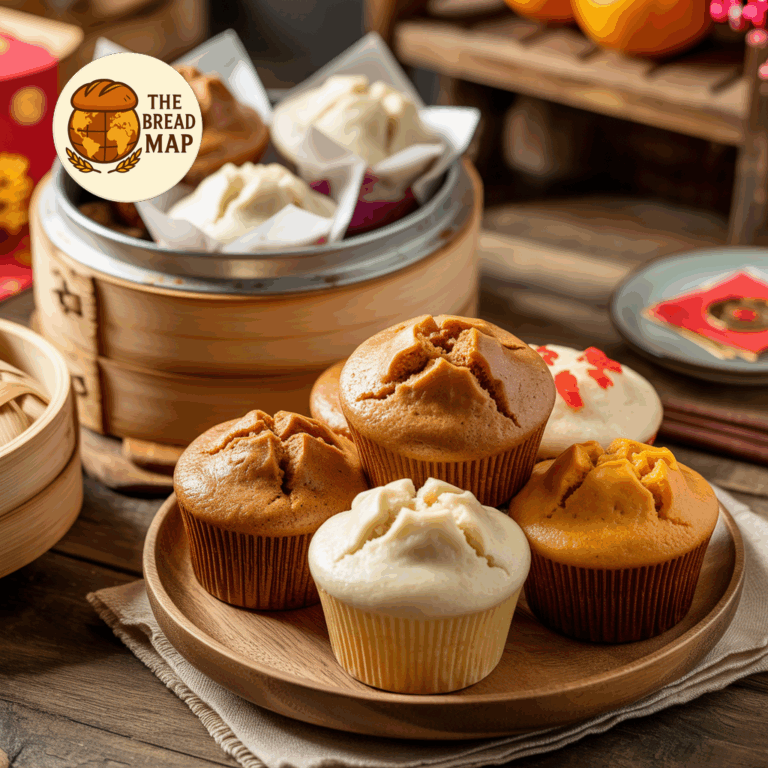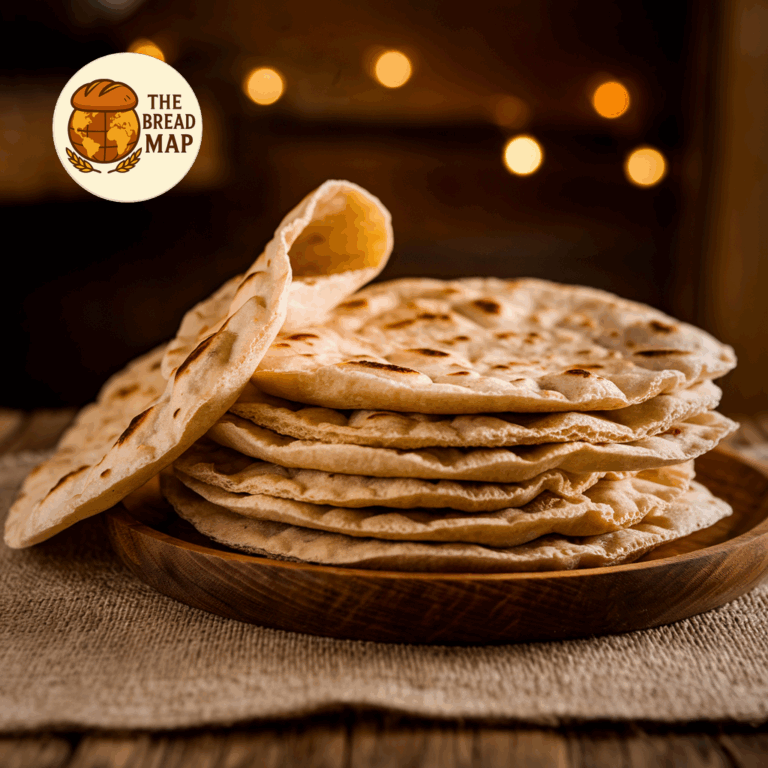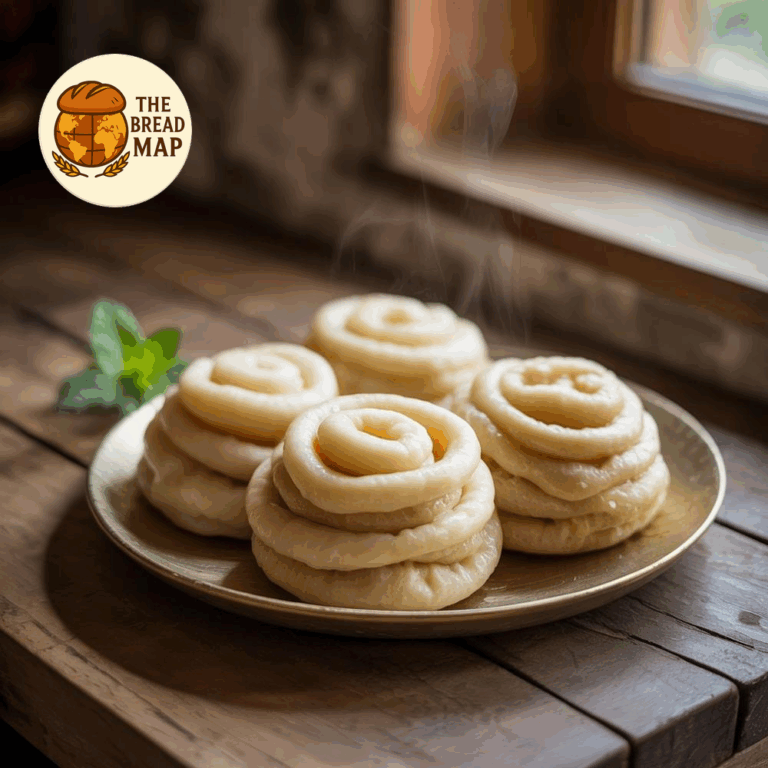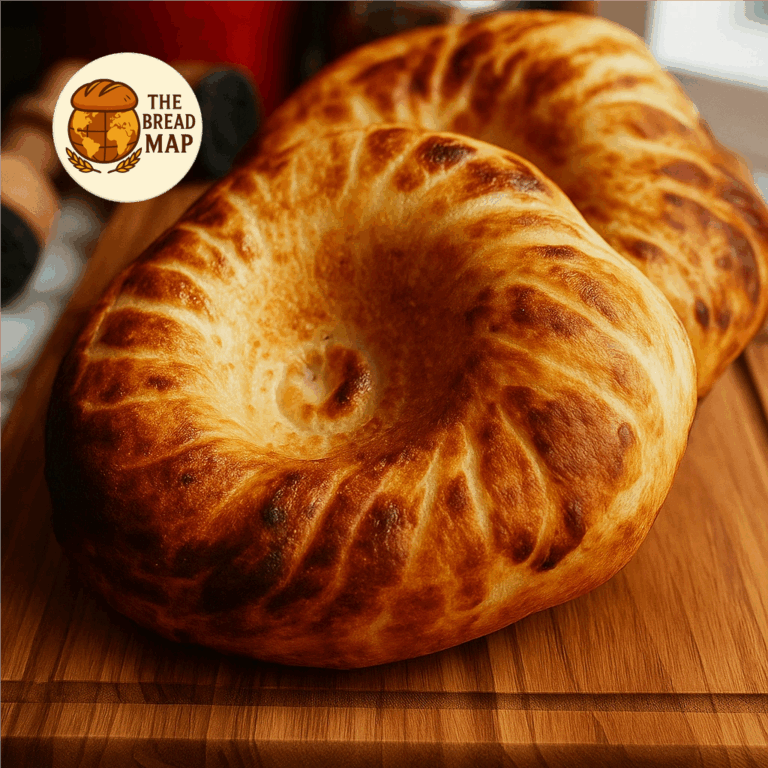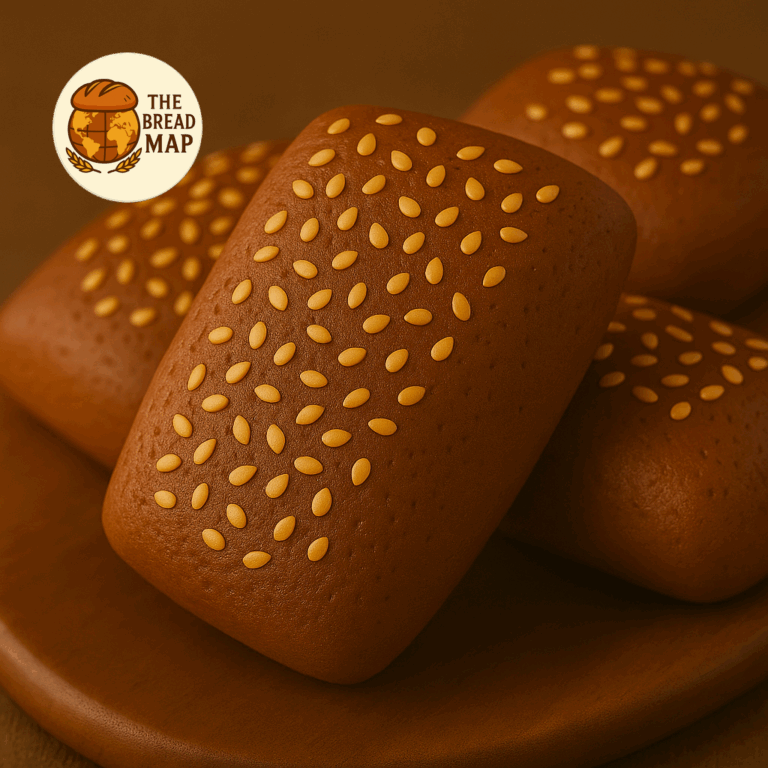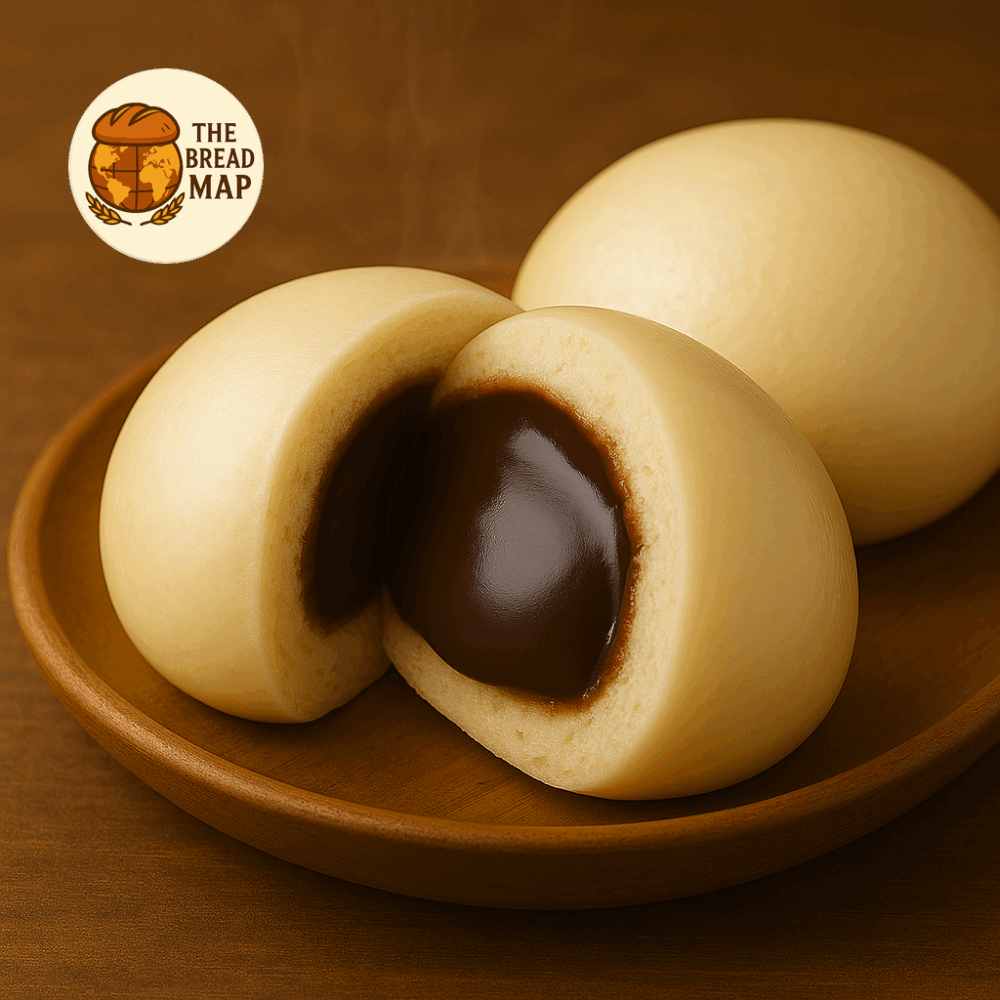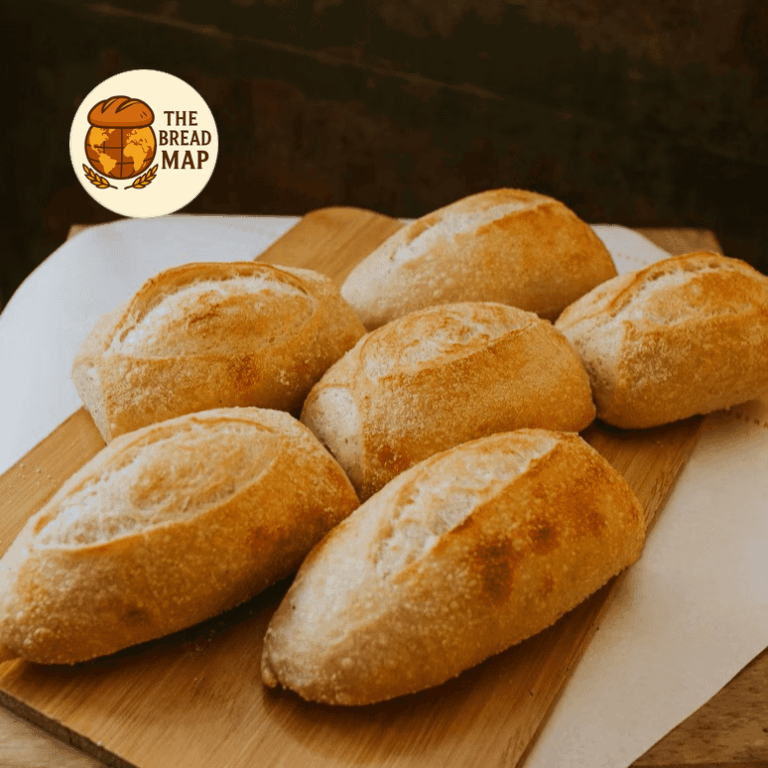
Bánh mì is more than just a loaf of bread — it’s a deliciously crisp, soft-centered symbol of Vietnam’s layered culinary history. At street corners, bustling markets, and local stalls across the country, you’ll find this airy baguette transformed into an unforgettable sandwich, stuffed with savory meat, tangy pickled vegetables, and fresh herbs. But where did it all begin?
Historical Background
The story of Bánh mì begins in the late 19th century during the French colonial period in Vietnam. With French settlers came the baguette — crusty, dense, and a staple in France. But wheat was expensive and rare in Vietnam’s tropical climate, so the local adaptation began. By incorporating rice flour and adjusting cooking methods, Vietnamese bakers created a lighter, crispier version that was easier to chew and suited to local tastes and ingredients.
Over the decades, especially after the French left in 1954, the Bánh mì evolved from a European import to a truly Vietnamese creation. Local vendors began filling the bread with everything from grilled pork to tofu, adding pickled carrots, daikon, cilantro, and a thin swipe of pâté or mayonnaise. This street-smart innovation quickly became a national favorite.
Region of Origin
Bánh mì has roots in Saigon (now Ho Chi Minh City), where it’s most famously associated with vibrant street life and affordable, tasty eats. Southern Vietnam’s warmer climate and fast-paced urban culture made it the ideal breeding ground for this handheld meal-on-the-go. While you can now find variations throughout the country — each region with its own twist — Saigon remains the symbolic heart of Bánh mì culture.
Ingredients and Preparation
What sets Vietnamese Bánh mì apart is its unique texture and taste, stemming from the use of both wheat and rice flour in the dough. This results in:
- Crisp, golden crust — delicate and thin, not tough like a traditional baguette
- Soft, light interior — ideal for soaking in sauces and holding fillings without becoming soggy
Typical Bánh mì sandwiches include:
- Grilled or roasted pork, chicken, or tofu
- Pickled carrots and daikon
- Cucumber slices
- Fresh herbs like cilantro
- Chili peppers for heat
- Mayonnaise or a touch of liver pâté
- Optional splash of soy sauce or Maggi seasoning
The bread itself is baked in steamy oven environments — sometimes with added humidity — to achieve that signature crackle upon biting.
Cultural Importance
Far from being just a tasty snack, Bánh mì is a testament to Vietnam’s ability to integrate external influences and make them their own. It has become a symbol of Vietnamese identity, both at home and abroad. You’ll now find Bánh mì shops from Paris to Los Angeles, serving this irresistible sandwich to eager global audiences — proof that a humble street food can carry a rich, international legacy.
Its rise reflects more than just global interest in Asian cuisine — it tells a story of resilience, adaptation, and the unifying power of food. Whether you eat it wrapped in paper on a street corner in Ho Chi Minh City or plated in a modern café, Bánh mì always delivers a satisfying bite — crisp, fresh, and full of culture.
